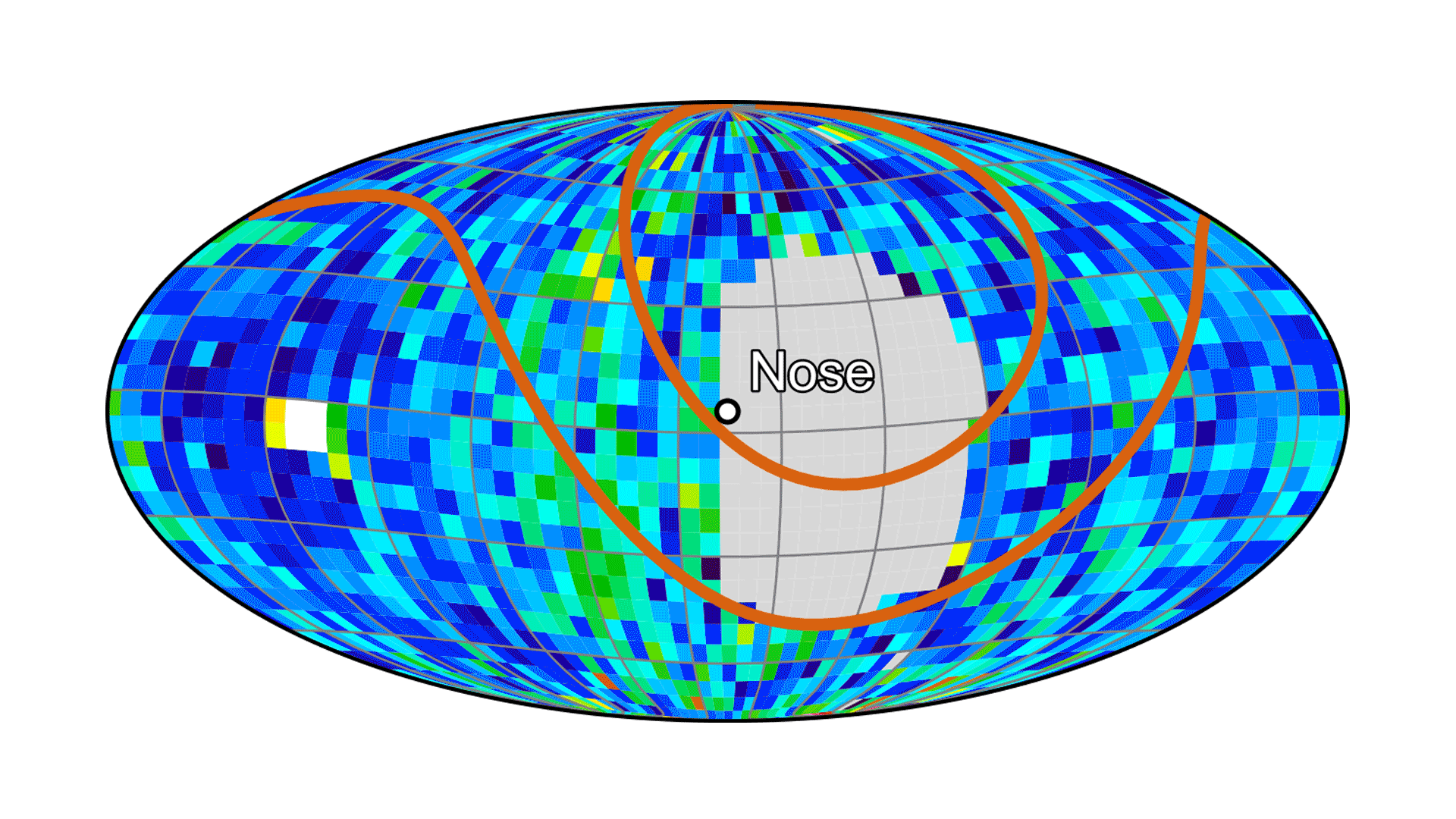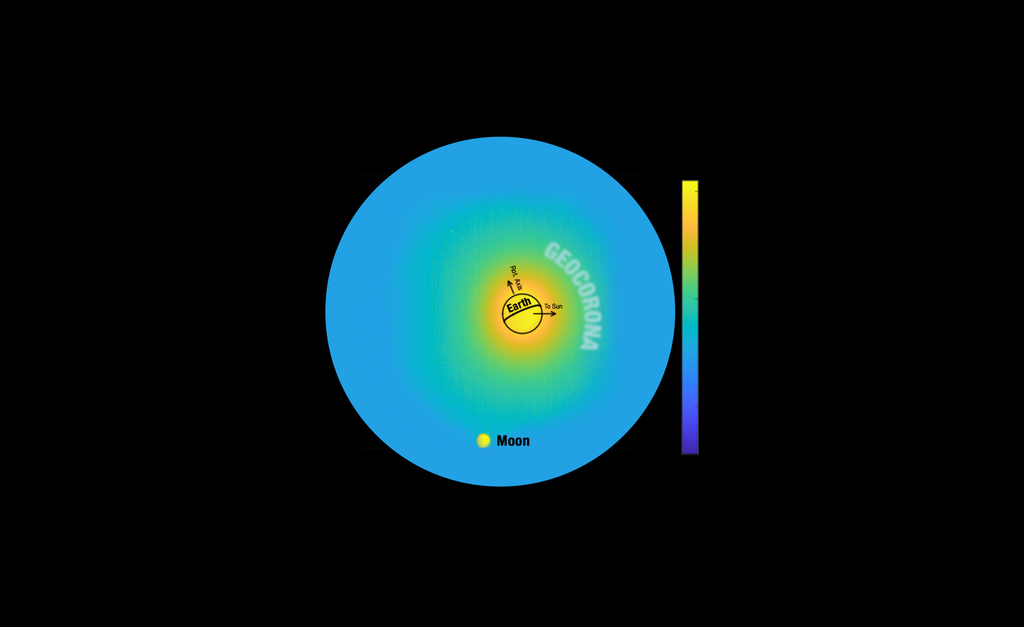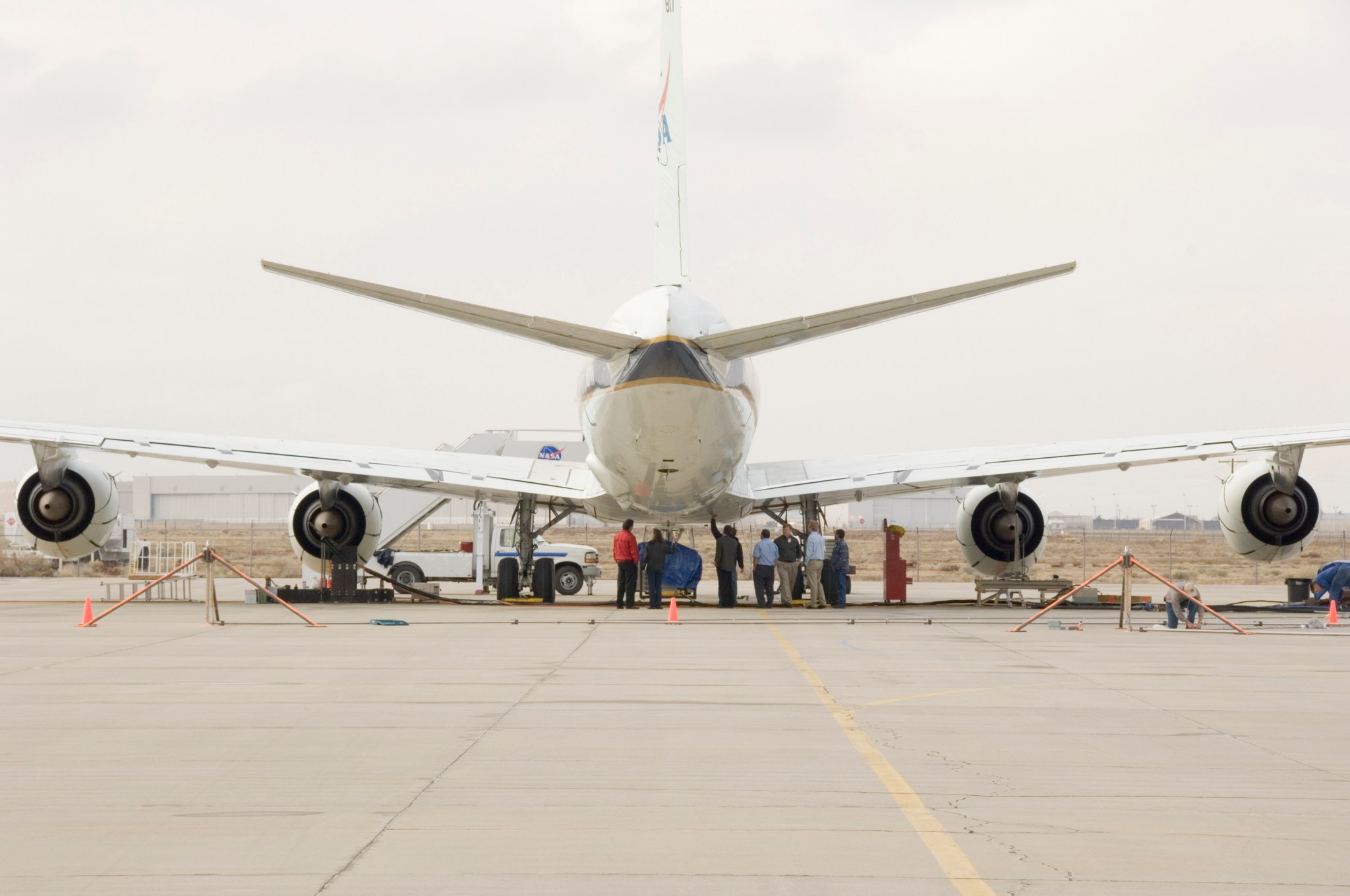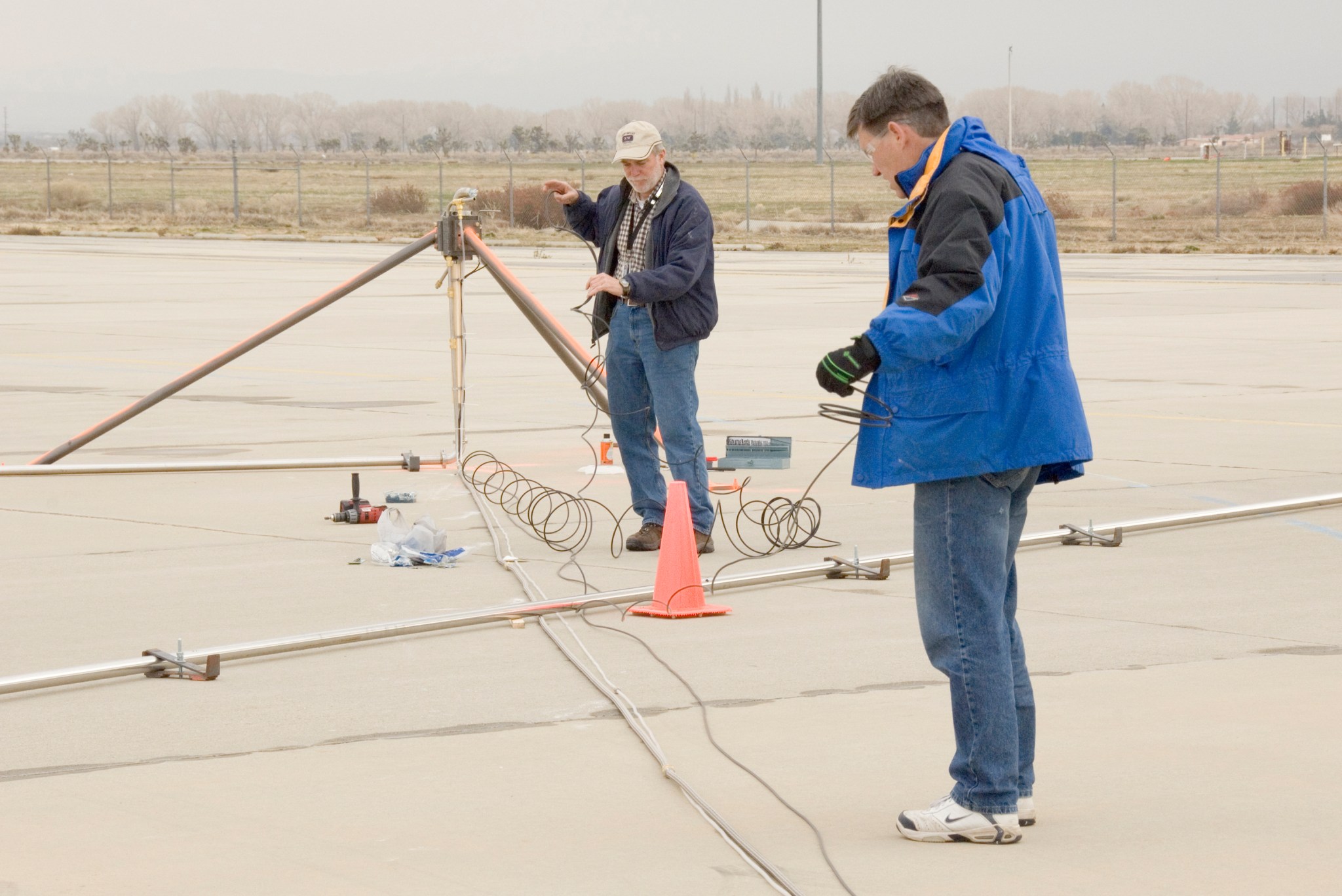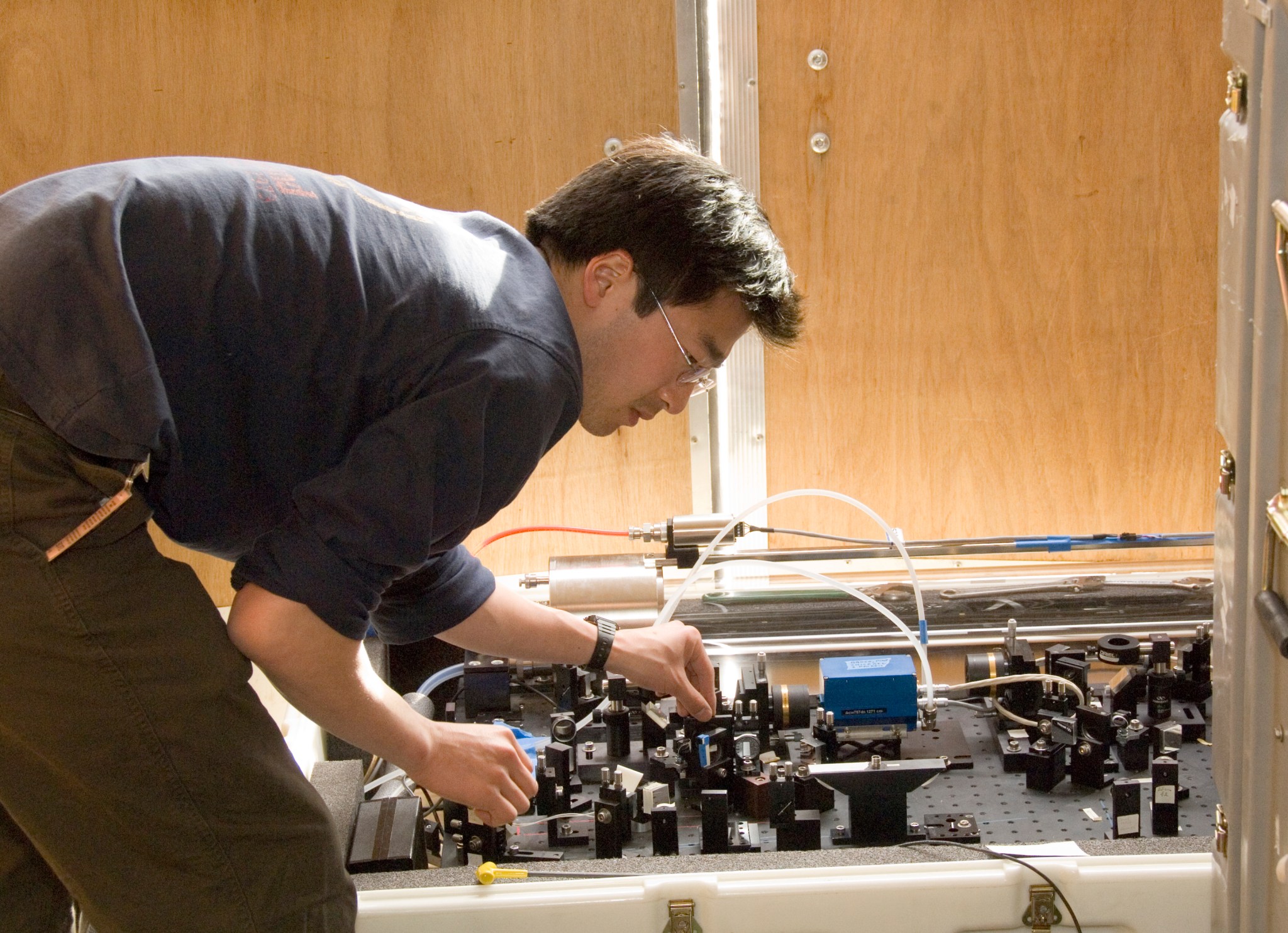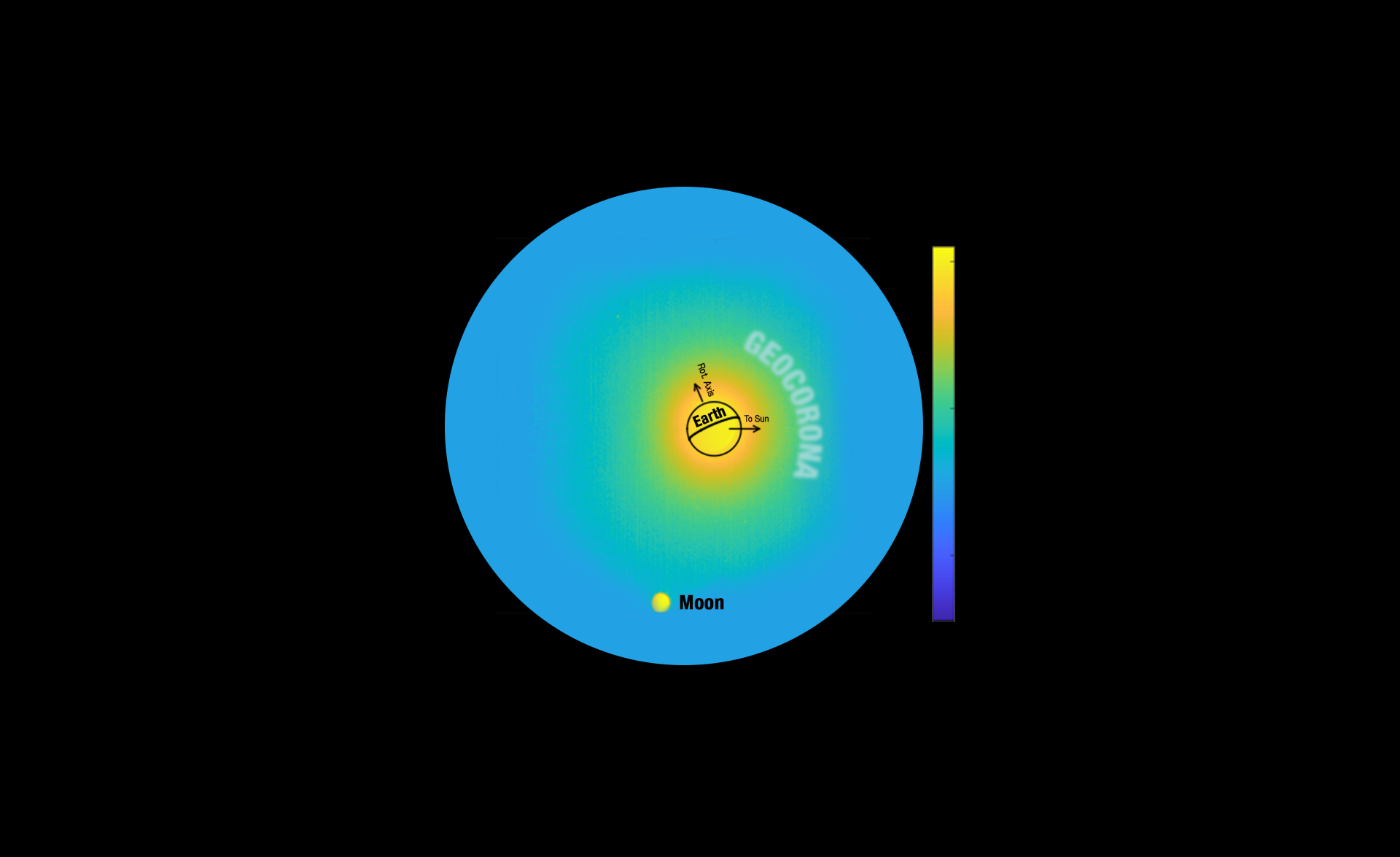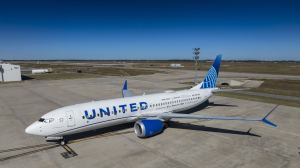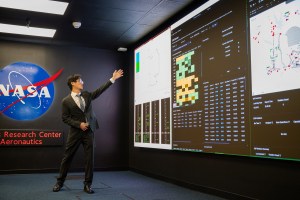NASA and 11 other research groups are testing two non-petroleum-based jet fuels in the pursuit of alternative fuels that can power commercial jets and address rising oil costs.
The tests, being run through Feb. 3 at NASA’s Dryden Flight Research Center in California, are measuring the performance and emissions of two synthetic fuels derived from coal and natural gas using the Fischer-Tropsch process. These fuels have drawn attention because they have the energy necessary for commercial flight.
The Fischer-Tropsch process is a chemical reaction in which a synthesis gas — a mixture of carbon monoxide and hydrogen — is converted into liquid hydrocarbons of various forms. The process produces synthetic petroleum for use as a lubricant or fuel.
The technology has been around for decades, but until now the high cost of building new plants to produce synthetic fuels has stymied interest. The United States does not have any Fischer-Tropsch plants, although synthetic fuel is produced using this process elsewhere in the world.
Some companies have tried out synthetic fuels in proprietary tests. Unlike those, the results of these NASA tests will be in the public domain because researchers are obtaining them with a NASA plane.
A DC-8 based at Dryden in Edwards, Calif., is the test vehicle because its engine operations are well-documented and well-understood. The airplane remains on the ground for the tests, which are using one fuel made from natural gas and one from coal. Researchers are testing 100 percent synthetic fuels and 50-50 blends of synthetics and regular jet fuel. Almost all previous testing has considered only blends. Researchers are looking primarily at engine performance and aircraft emissions.
“We’re starting to look at just what comes out of the tailpipe of a commercial aircraft [that is burning alternative fuels],” said Bruce Anderson, a scientist with NASA’s Langley Research Center in Hampton, Va., who serves as project scientist for the Alternative Aviation Fuel Experiment, also known as AAFEX.
It is thought that synthetic fuels create fewer particles and other harmful emissions than standard jet fuel. If this is found to be true, use of synthetic fuels could improve the air quality around airports.
The tests are using sampling probes placed downstream from the DC-8’s right inboard engine. Researchers examine the plume chemistry and particle evolution to compare it to that of standard jet fuel.
NASA is one of many organizations working to understand how non-petroleum alternatives may be used to satisfy the growing demand for less expensive, cleaner burning fuel for aviation.
“We’re still very much in the early research stage,” said AAFEX project manager Dan Bulzan of NASA’s Glenn Research Center in Cleveland. “[But] we know in the future these fuels are going to become important to aviation. Petroleum is dwindling and you’re going to need to make fuel out of coal, natural gas and biomass.”
The AAFEX tests are funded and managed by NASA’s Fundamental Aeronautics Program, which is part of the agency’s Aeronautics Research Mission Directorate in Washington, D.C. The participating research groups include three other government agencies, five companies and three universities.












